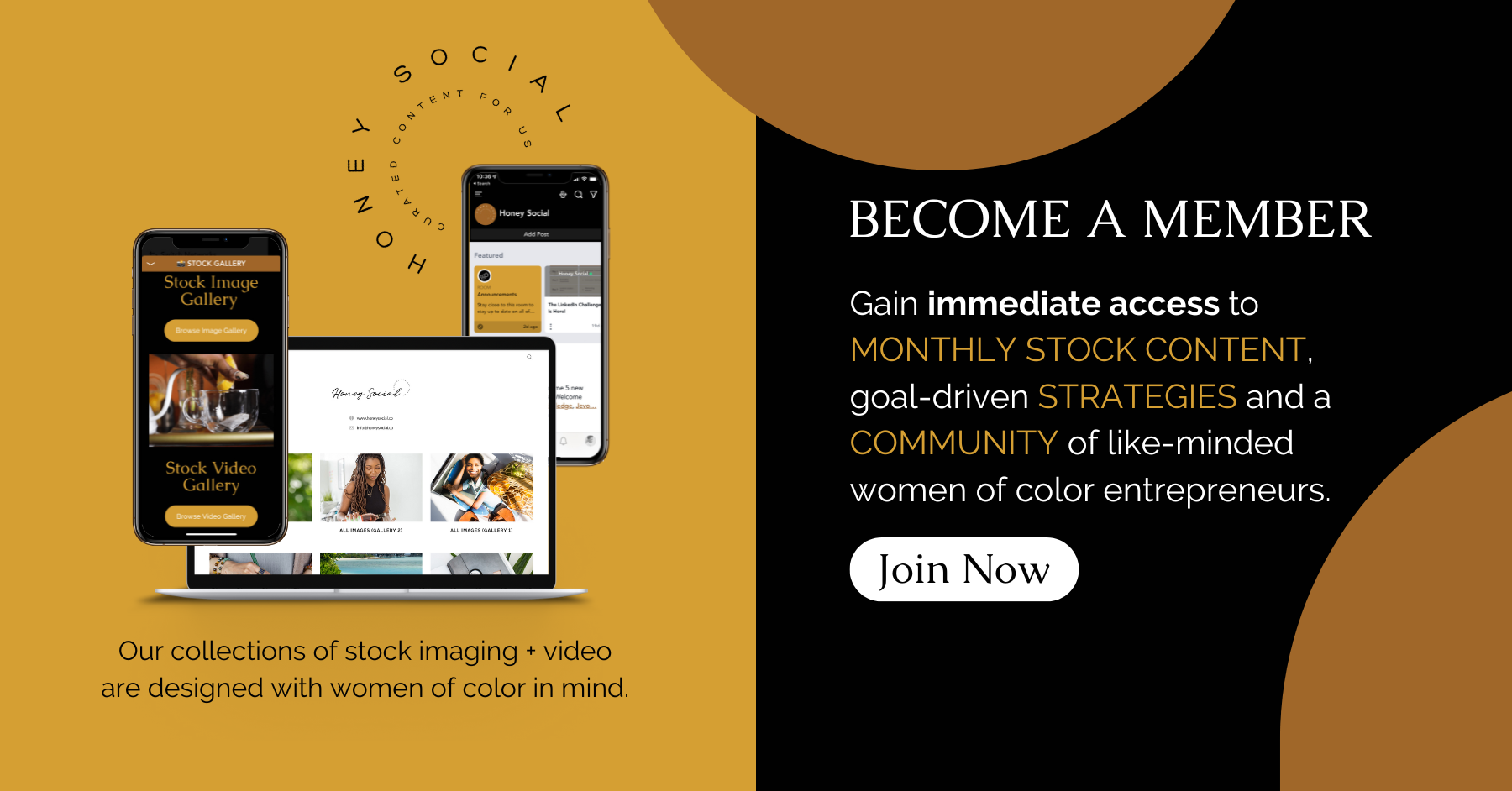Social Media vs. Blogging
Where should your content go and why?
Which platform is best for your creative business?
Both social media and blogging have their advantages and disadvantages.
So, the main question becomes, which one should you use to increase your business’ visibility and credibility?
The answer is both. Each option serves a unique purposes. Blogging, for one, is incredibly useful when marketing content. On the other hand, while social media is excellent in gaining an audience — it’s difficult to publish informative well-written, newsworthy posts.
So what’s the recommended strategy?
An effective strategy would be to use your blog to communicate well-written pieces showing that you have knowledge in your specific market, and then use social media channels like Instagram, Facebook and Twitter to gain a following, directing them via links and advertisements to your blog. Social media posts should touch on a topic whereas blogs should contain more in-depth content.
Social media and blogging should complement each other. It’s difficult to maintain an active social media presence without access to high-quality content, which blog platforms provide. Sharing content on social media is good, but you want to direct your audience to your own website. As you share your blog posts on social media, you increase traffic to your website as well!
LET’S GET INTO THE JUICE!
Whenever you feel stuck trying to decide the best place for your content to live, here are some factors to keep in mind:
Place your content accordingly.
If you’d like your audience to engage actively or interact with your content before taking action, then social media should be your focus. But if you care more about educating your audience on your offerings and driving traffic to your site, then your blog wins. Pro Tip: The goals of content marketing [blogging] are consumption, then behavior. The goals of social media are participation, then behavior.
Use a combination of both.
If you’re going this route, don’t just post the same piece of content everywhere. Try to keep things fresh by repurposing your content and adding something new and different with each post. Let’s say you own a clothing brand and created a post about some summer style tips on your blog. You can simply post a picture of a styled look on social media and tease your audience to see how you put it together on your blog.
Stay in control.
While we recommend that you shouldn’t neglect either platform, your blog gives you more control over your content than social media. There are fewer restrictions and less concern about having your content seen in the algorithm. With that said, place your content on other social channels but make sure your blog doesn’t take the back bench!
Use the 4 content pillars.
Whenever you feel like you’re running out of content ideas, pause and look over the 4 content pillars; Educate, Entertain, Inspire and Promote. Use this to do your research based on your audience and mix things up. And yes, it’s OK to take a break when you absolutely need to!
Here's our two cents.
It’s most definitely a good idea to utilize both social media channels and blog posts in a well-rounded content marketing plan. Here’s a recap of tips and strategies for you to consider as you plan:
Creating high-quality blog posts to be distributed on your company’s website can position your company as an industry leader and help to connect with new customers.
You can write blog posts that can be shared through social media networks to push more original content on social media in a way that benefits both.
If your company wants to drive traffic and engagement online, then a combination of blog posts and social media posts is likely your best option.
By combining both social media and blog posts, you can expand your audience and supplement long-form content with short-term bursts of engagement.
Whichever method or platform you choose, make sure it meets your overall business goals. Check out your favorite influencers or creatives in your field to see what they are doing and how you can leverage those techniques for yourself.
We hope this information was helpful to you!

